The Lower Mississippi River Water Trail
What to Pack:
In your vessel be sure to pack bow and stern lines, rescue rope, bailers and sponges, and at least one extra paddle. Bring VHF marine radio if you have. Bring cell phone in waterproof container. Wear clothing appropriate to weather, but also pack (in waterproof drybag or drybox) rain gear, change of clothes, fleece or woolen tops and bottoms. Pack extra food and extra water. Pack at least one gallon of water per person per day during hot seasons. For more reading and a complete description of paddling the Lower Mississippi River, please go to the Safety Page for the Rivergator at: https://www.rivergator.org/paddlers-guide/safety/
Atchafalaya Swamp Pack List:
In addition to the above, here are some very useful items to consider packing specific to the Atchafalaya:
-Machete: For trail-making. For clearing out campsites in brushy places. For clearing poison ivy from campsites.
-Water Filter (or Purification): For filtering swamp water in remote areas when you need drinking water. You can always find water within the Atchafalaya Basin, but you can’t always get to places with tap water. Be prepared to boil water, filter, or purify.
-Small camp stove: For boiling water and cooking food when you are camping surrounded by water, or in locations with no dry wood, or no possibilities for making a fire.
-Mosquito Netting: For especially bothersome mosquitoes, flies, gnats and no-see-ums.
-GPS: Might be useful. A smartphone might be just as good. Your phone will have service throughout most of the basin.
-Hammock: For wet campsites. For canoe camping. For highwater expeditions when little to no dry ground can be found.
-Extra tarp: For setting your tent on. To sit on in wet locations. For covering firewood on rainy/foggy/dewy nights.
Primitive Camping in the Marshes & Swamps
Camping (and picnicking) in the half-submerged Cypress-Tupelo Gum Swamps and Coastal Marshes of the Atchafalaya River Basin can be very challenging. You might end up on spongy ground with half your camp in water, half on nothing but masses of vegetation held together by interlacing and interlocking roots, tubers and mud. It would be wise to pack a hammock. This could be considered a semi-tropical jungle, after all. It would also be wise to pack an extra tarp or two for extra protection on wet spots. Be sure to set your tent on a tarp for extra protection from below. Other useful items to pack specific to the Atchafalaya include: machete, water filter, small camp stove, mosquito netting, GPS, and as already mentioned: hammock and extra tarp.
But like all challenging situations, there are many possible great rewards that accompany life in extreme situations, and the sometimes painful experiences. Below is an excerpt from a wetlands camp in the Wax Lake Delta, which could be similar to camping in the wetlands anywhere below Krotz Spring:
We camped at the junction of an oil pipeline canal and a curvy waterway we have been following which connects the Wax Lake Delta with the Atchafalaya. We are maybe two-thirds of the way back across the coastal wetlands to Morgan City. Swampy marshes surround us as far as the eye can see. There is no dry land to be found, even the solid mass where we are camped is a wet composition of tangled roots, mud and grasses just solid enough to support our weight, erect our tents, and even build a fire. Dry land is a thing of the past. Terra cognita is nowhere to be found. The marsh is a rich mixture of roots, leaves, and sulfurous soil, half of this world, half of another. Like peat moss, it exists somewhere between life and decay. As you move around your footsteps are accompanied by lots of sucking sounds, squishing, gollumping, gollashing sounds. And in the stillness of the pre-morning darkness those wet rubbery sounds seem to be emulated by the frogs, and are punctuated in the sighs and moans of the nutria. The sonic atmosphere rings with wetness of the place. Later after sunrise the swampy symphony comes to a crescendo when the squeaks, whistles and shrieks of various birds, rodents and insects add their voices. And us… what does the guttural bubbling monotone clunking of man’s tongue-speak sound like to the natives of the swampland? Crickets join the morning chorus of grunts, squeaks and squishing noises, like rubber rubbing against rubber. The plaintive cries of the nutria and Mark River adding in his own grunts and moans from his tent to the choir. A lone songbird, a cardinal, makes a burst of song and then falls silent. More sounds resound off the muddy channel: bankside thrashings, something crackling through the bullrushes, some violent splashing, then silence. That was ominous. A gator thrashing a nutria? Frogs make all kinds of sounds, some coughing, some re-running short drum beats of jumbled snatches of snoggles, some grinding their gums and making that squishing rubber sound, a bullfrog bellow, a repeated chirping staccato like a giggling lamb, and then another cardinal. David’s light flashes on in his tent. And then Mark River’s. Mark River can be heard stomping through the crackly bankside mattress of bullrushes, ferns and dried greens. The far-off moan of a boat engine adds an accent. One frog can be heard hiccuping like an amused old man clucking his tongue. The whining of mosquitoes and at least two different kinds of crickets can be heard intertwining their rhythms, clicks, rasps and squeaks, maybe male and female? And then a clan of coyotes far away cries and cries.
Biting Bugs
It is worth mentioning that biting insects are something that you should be prepared for on your paddle in the deep south. (Thanks to Paul Orr and Zoe Sundra for writing this section.)
Mosquitos – In all but the coldest months mosquitos are a fact of life in the lowlands along the Atchafalaya River in Louisiana. Be prepared to deal with mosquitos (and sometimes clouds of mosquitos!) on your paddle. West Nile Virus and St. Louis Encephalitis are still showing up in SoLA. These diseases are not likely to cause a healthy adult any problems but young children, the elderly, and those with weakened immune systems should be very careful. If you or anyone in your party develops flu-like or other symptoms (body aches, joint pain, vomiting, diarrhea, rash, fatigue, fever, headache, dizziness, nausea, weakness) it is best to see a doctor as soon as possible. PS: A great way to avoid getting attacked by mosquitoes when leaving your tent at night is to use the bathroom is doubling 2 gallon size freezer ziploc bags and keeping them just outside your tent during the night. This will prevent continued itching, discomfort and unnecessary trips into uncomfortable weather throughout your expedition!
Fire Ants – Accidentally imported into the Gulf South through the Port of Mobile, the imported Red Fire Ant is now a widespread nuisance in the Deep South. You may have been lucky enough to avoid these aggressive and painful biters thus far but you won’t likely get through a paddle to the end of the river without at least a few bites. Just keep a sharp eye out for the characteristic hills (sometimes hiding in the brush!) and double check your camp site.
No-See-Ems / Biting Midges / Biting Gnats – Whatever you call them they can be a terrible nuisance. These tiny dark-colored flying insects live in the marshes of coastal Louisiana and can occur in very large numbers. Their bite can cause a very unpleasant localized reaction in many people and occasionally a worse allergic reaction in some. Paul has almost no problem with mosquitos but these gnats drive him crazy! The Rivergator expedition did not encounter any and hopefully you will not either, just be prepared if they do show up south of New Orleans. (Insider tip: Common bug spray seems to have no effect on these pesky fellas, but pure vanilla extract keeps them at bay!)
Ticks – Ticks are rarely seen in the Atchafalaya River Floodplain. They seem to prefer hill or mountain country like the Ozarks. It would be surprising to find them on the river south of Baton Rouge. However, anytime you walk through forested land it’s not a bad idea to follow up with a “tick check.”
Redbugs – Redbugs, like ticks, don’t seem to be much of a problem on the river south of Baton Rouge, but can occur in the area.
Poison Ivy
Poison ivy grows plentifully on the Atchafalaya riverbanks and in the batture south of Baton Rouge. In some places it practically carpets the ground. If you are allergic to poison ivy (and remember, many people who think they are not allergic suddenly find themselves with a bad case one day…) learn how to identify it and be cautious with where you set up camp. Very little will make a paddle trip more miserable than a bad case of poison ivy.
Paddlers with allergy issues are strongly encouraged to make sure that their allergy meds are fully stocked and close at hand!



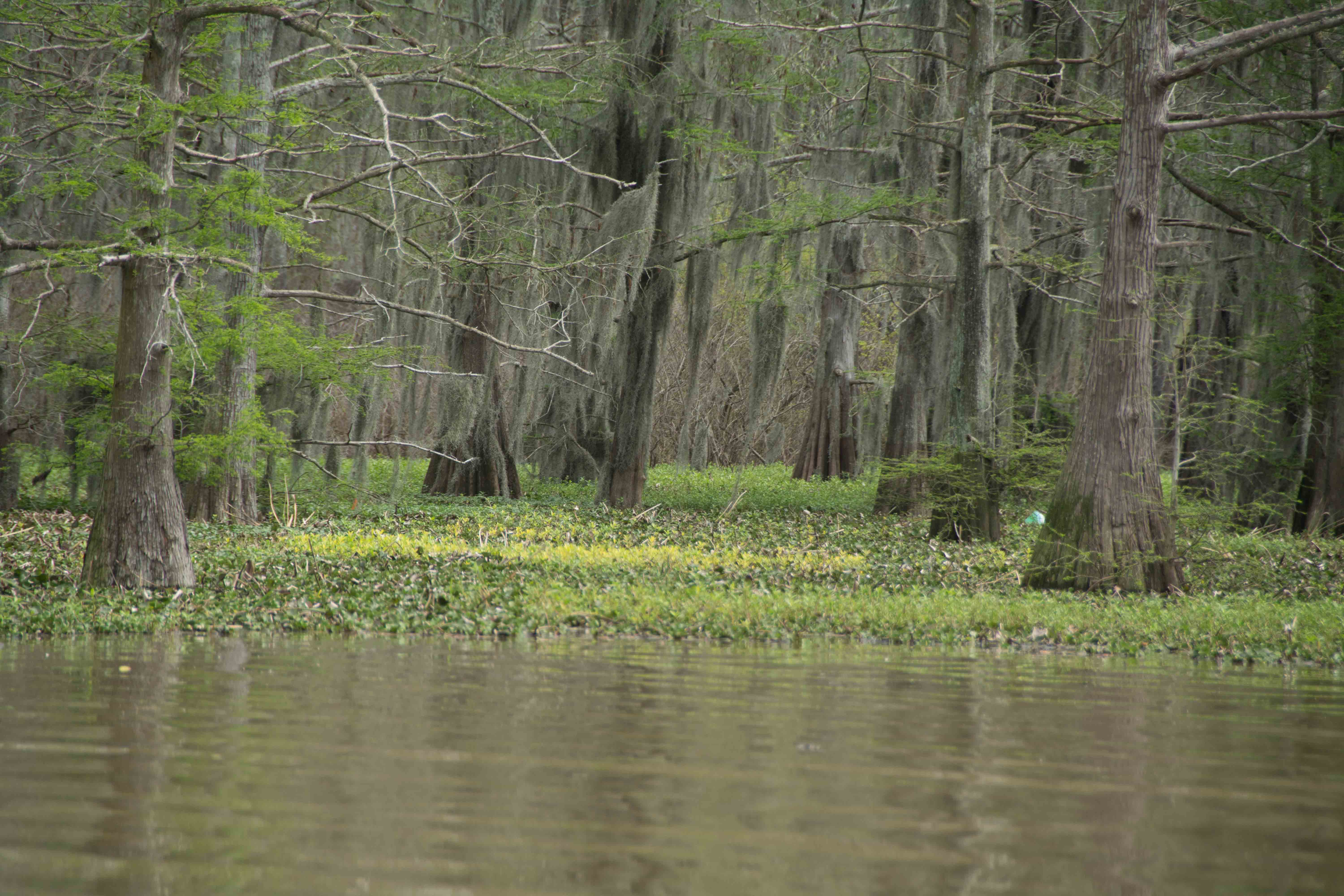
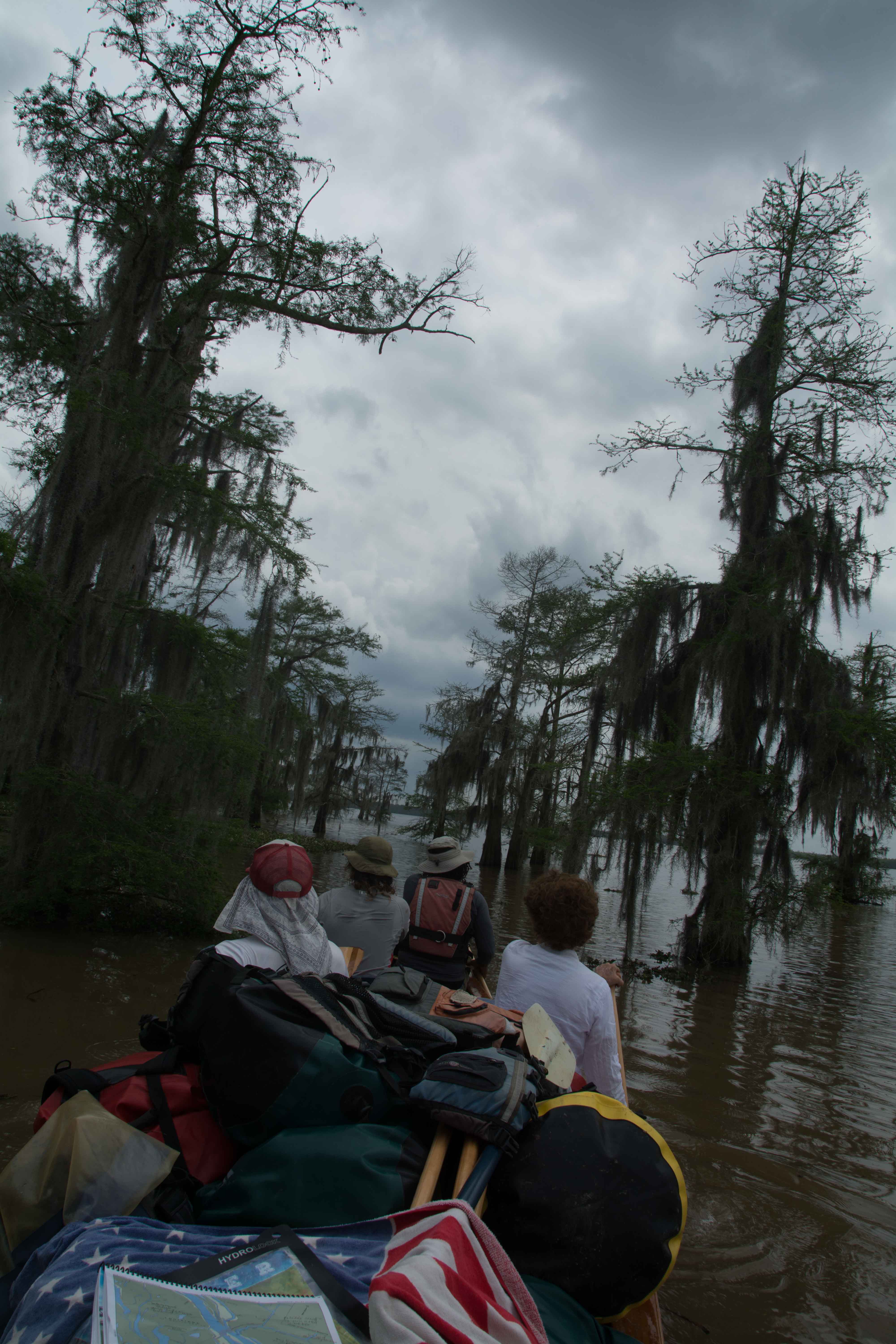

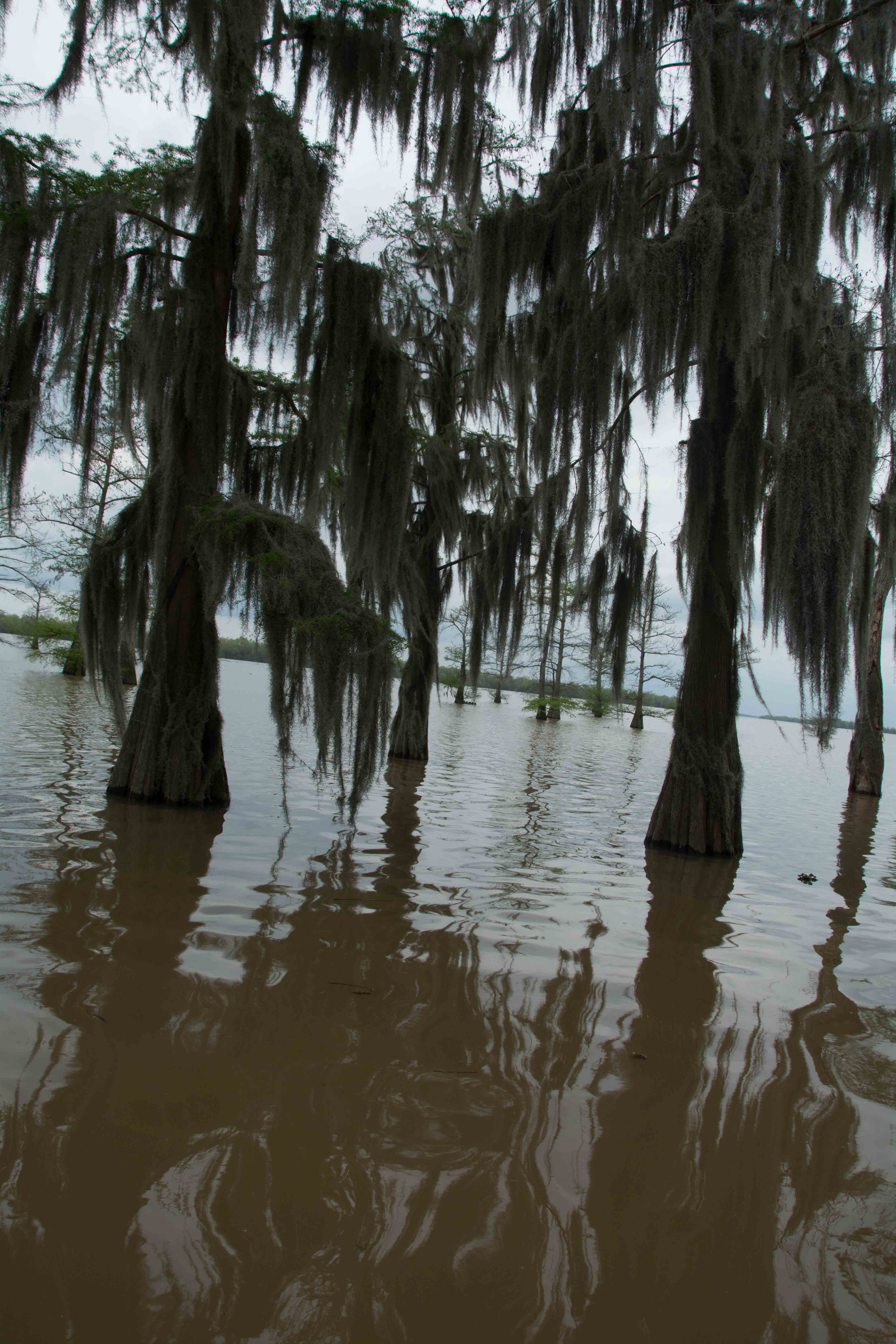
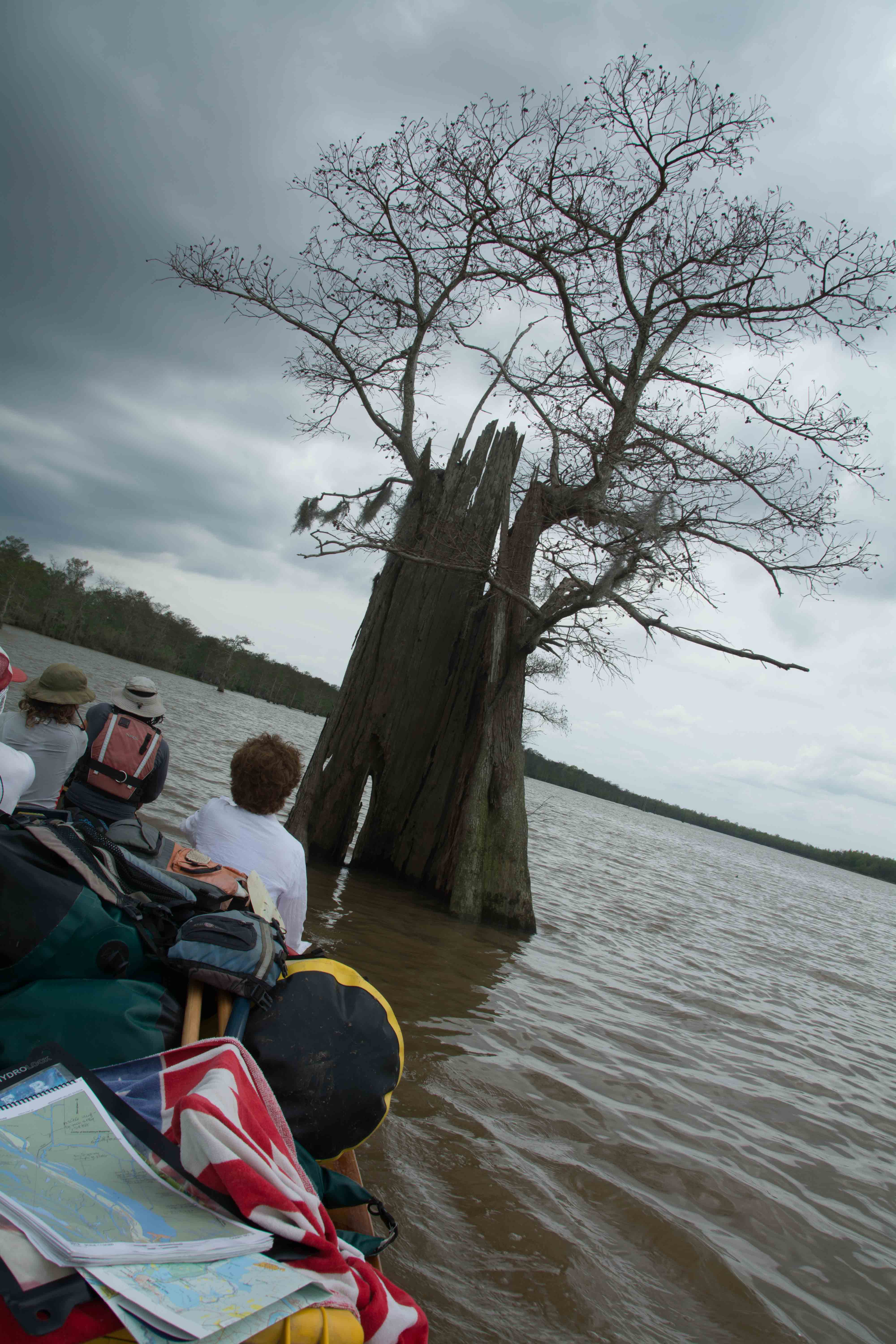
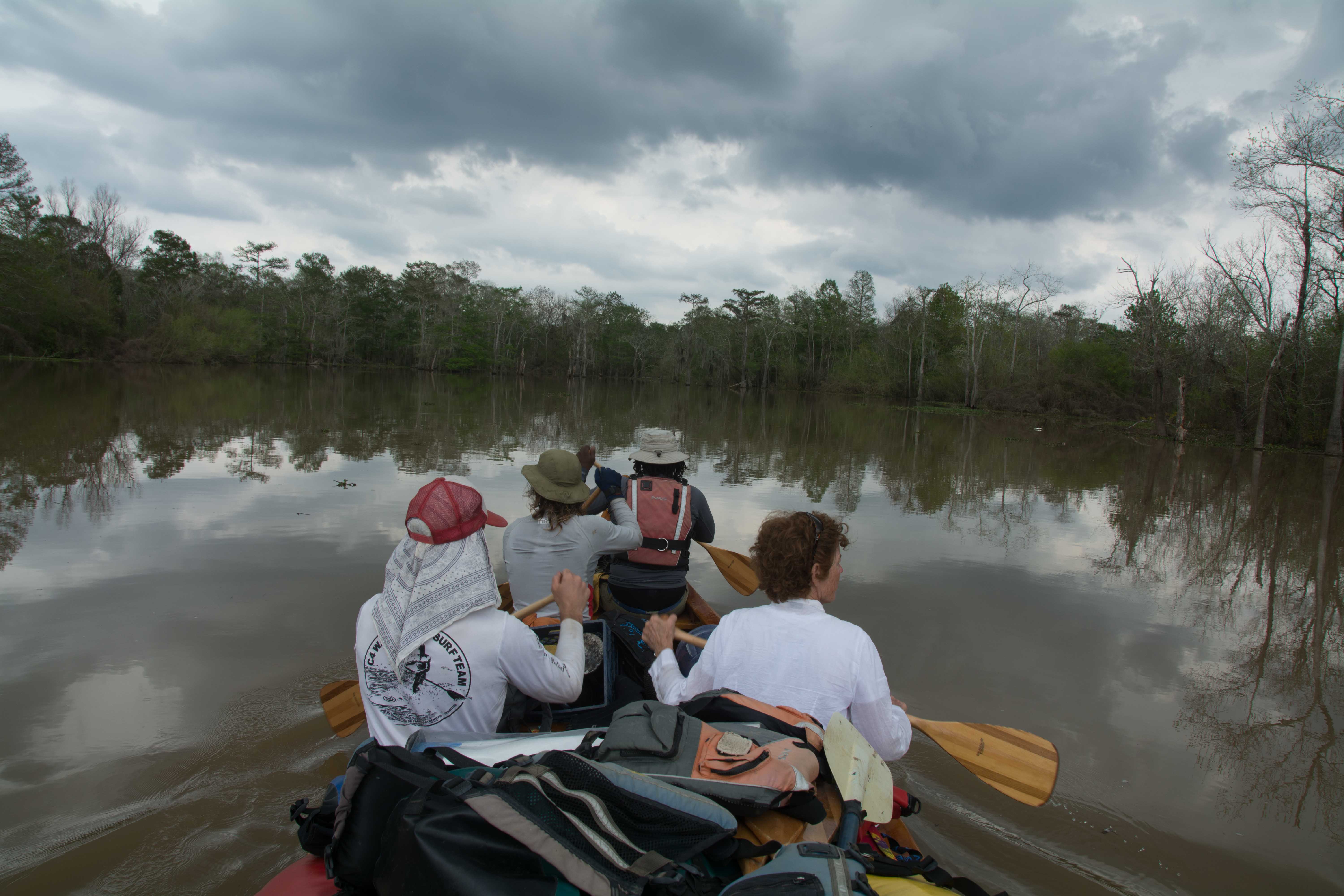



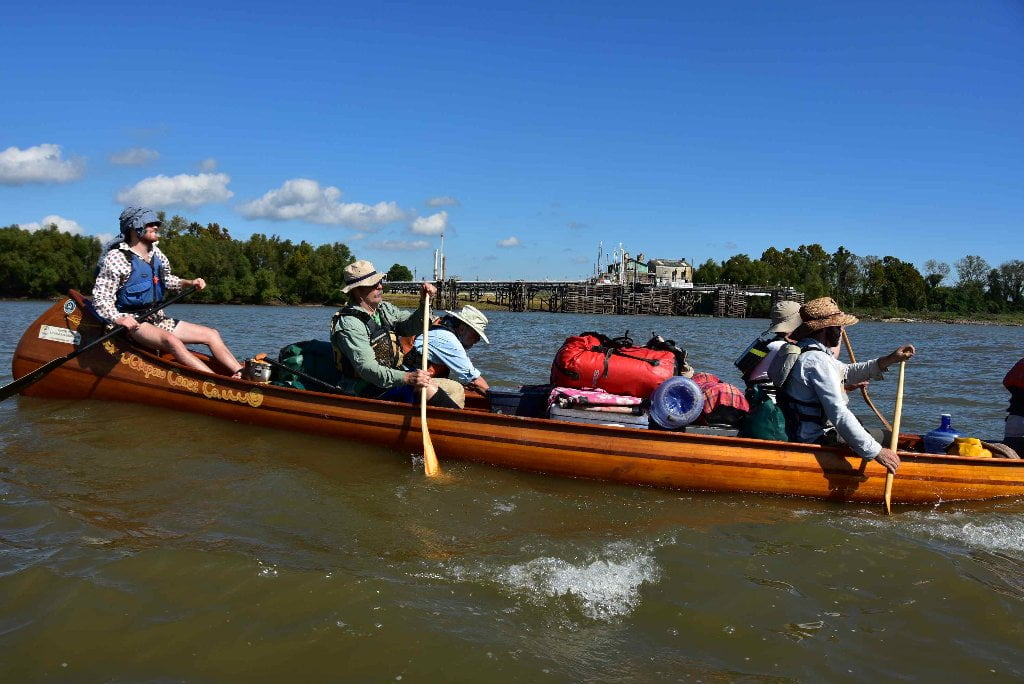




Leave A Comment
You must be logged in to post a comment.